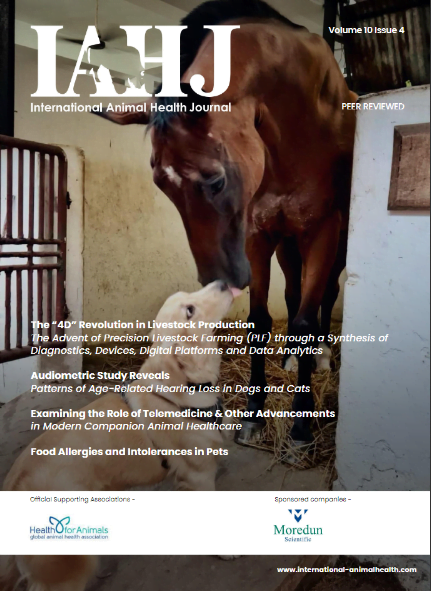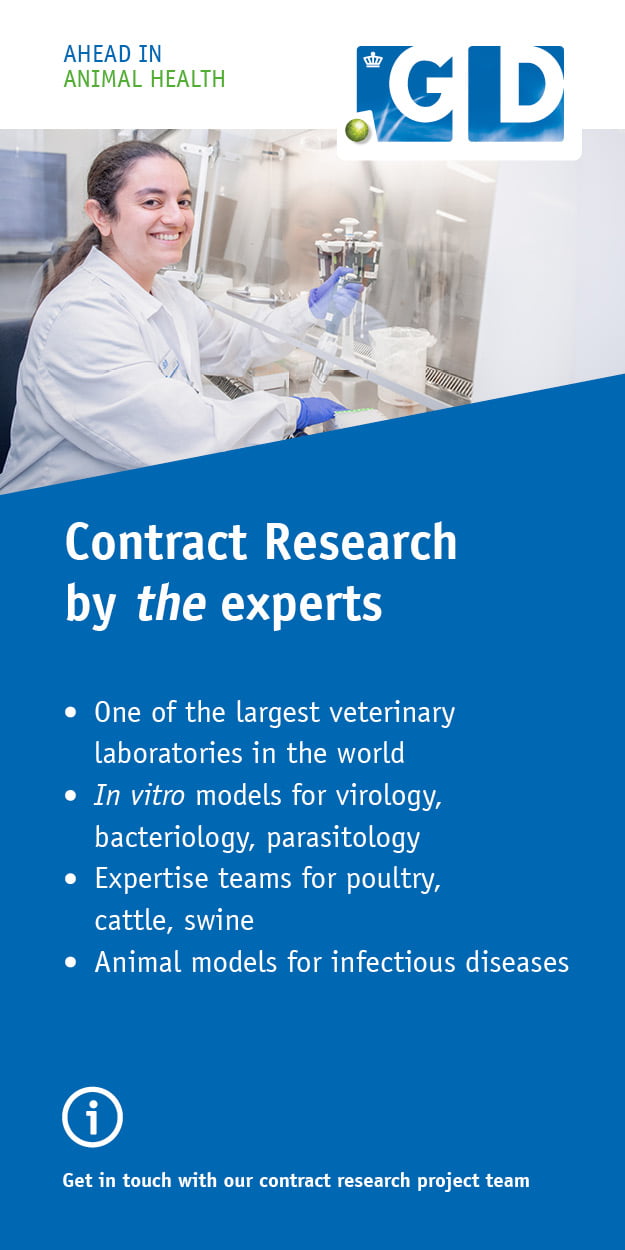The U.S. Food and Drug Administration is publishing a paper proposing the use of a biomass denominator to adjust annual data on the amount of antimicrobials sold or distributed for use in food-producing animals in the United States. This adjusted estimate will provide insight into broad shifts in the amount of antimicrobials sold for use in food-producing animals and give the agency a more nuanced view of why sales increase or decrease over time in a manner that is specific to U.S. animal production. Such analysis will also support our ongoing efforts to encourage the judicious use of antimicrobials in food-producing animals to help ensure the continued availability of safe and effective antimicrobials for animals and humans.
A biomass denominator is defined as the population of a given livestock species in the U.S. multiplied by the average weight of that species. The proposed method will help calculate estimates of annual antimicrobial drug sales adjusted for the size of the animal population (also known as the animal biomass) potentially being treated with those drugs. The FDA is currently considering the best way to make biomass-adjusted antimicrobial sales data publicly available.
The FDA is publishing the paper to engage stakeholders on the proposed biomass method, and to seek comment on the methodology and the utility of this type of data analysis. The agency will seek public comment on this proposal for 90 days beginning August 15, 2017.
FDA’s Proposes Biomass Method to Obtain Animal Antimicrobial Sales and Distribution Data based on Animal Species and Weight
Animal Health Media © 2024, All Rights Reserved – Powered by Teksyte











